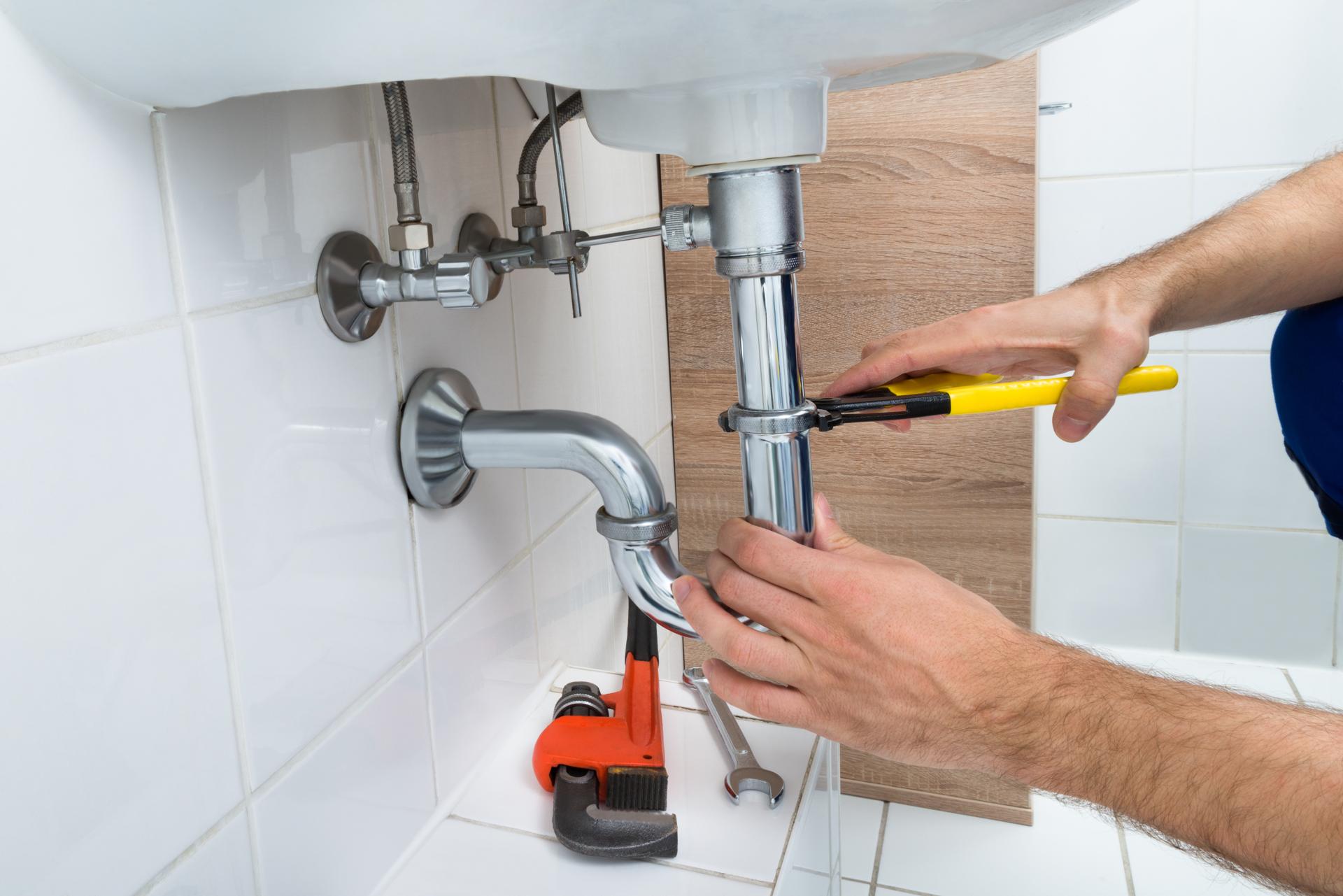When is it Time to Replace Your Plumbing? Here's What to Expect

Plumbing is an essential part of any home, providing us with clean water for drinking, cooking, and cleaning, as in the process of disposing of wastewater. Like any other appliance in your home plumbing is prone to become worn out and need replacement.
Knowing when it’s time to replace your plumbing is essential to avoid expensive repairs and to avoid health hazards. In this article, we’ll talk about the signs that suggest your plumbing needs to be replaced, the factors to take into consideration prior to replacing your plumbing the plumbing replacement process, the benefits that come with replacing your plumbing and a FAQ section to address any concerns you may have.
The signs that it’s time to replace your plumbing
There are a variety of signs that indicate your plumbing needs to be repaired, such as leaks When you notice water spots or puddles in your house, it’s a indication of a plumbing leak. Leaks can cause severe structural damage to your home and lead to mold growth, so it’s essential to address them promptly. Rusty pipes: Rusty pipes are a clear indication that your plumbing requires to be replaced. Rust could contaminate your water supply, making it unsafe to drink or cook with. Low water pressure: If your faucets and showerheads produce weak flow of water It’s an indication of low pressure water, which can be caused by blocked pipes or corroded pipes. Water discoloration: Water that is discolored, such as brown or yellow, is the result of rust or sediment buildup in your pipes. This could affect the flavor and quality of your water. It could also be a sign of the need for a plumbing replacement.
Factors to Take into Account Before Replacing Plumbing
Before you replace your plumbing there are many factors to consider, including the age of the plumbing: Plumbing systems have a lifespan of approximately 50 years, so if your home is older than that, it’s probably that it’s time to replace. Cost of replacement replacing your plumbing could be expensive, so it is important to plan for the cost. In the event of a plumbing problem that is severe If the plumbing issues are serious and affect multiple areas of your home replacing it could be the best option.
What to Expect During the Plumbing Replacement Process
The process of replacing plumbing involves many steps, such as closing off your water source Your plumber will have to turn off the water supply to your house to avoid any leaks or water damage. Removal of old pipes The old pipes will have to be removed. This may require cutting into floors or walls. Installing new pipes New pipes are installed, which may require rerouting to ensure the proper water flow. The time frame for replacing the plumbing will be based on the size of your property as well as the complexity of the task. The homeowners can anticipate some disruption during the project, which could include water shut-offs and potential damage to walls and floors.
Benefits of Replacing Plumbing
The replacement of your plumbing has many benefits, including: Increased water efficiency new plumbing fixtures and pipes have higher efficiency, reducing the use of water and the cost of your utilities. Improved water quality by replacing the old pipes that are corroded with new ones can improve the quality of your water and make it safer to drink and cooking. Lower risk of plumbing problems: New plumbing will be less likely to create obstructions or leaks, which reduces the need for expensive repairs in the future.
Conclusion
The replacement of your plumbing is a major expense, but it’s necessary for your home’s security and comfort. By understanding the signs that tell you your plumbing is in need replacing, considering the elements that influence replacement and knowing what to expect during the plumbing replacement process, you will be able to make an informed choice about your home’s plumbing. Remember, replacing your plumbing will provide many advantages, including improved water efficiency, improved water quality and less risk of future plumbing problems.
FAQ Section
What is the cost to replace the plumbing?
The cost to replace your plumbing will vary based on a variety of factors, including how big your home, the complexity of the project, and the material used. On average, homeowners will need to pay between $5,000 to $10,000 for a whole-house plumbing replacement.
How long will it take to change the plumbing?
The timeline for plumbing replacement will depend on the size of your home and the complexity of the job. In general, a complete plumbing replacement can take between two to four weeks.
Do I need to replace my plumbing system if there is an issue with my plumbing?
If you only have one pipe leak, it may not require a full replacement. However, if you’re experiencing a lot of leaks or notice other signs of plumbing issues, replacement might be the best solution.
Do I have the ability to replace my plumbing myself?
The replacement of your plumbing is a complex job that should be left to an experienced plumber. If you attempt to replace your plumbing yourself could result in costly mistakes and potential safety hazards.
What type of pipes do I need to use to replace my plumbing?
There are many types of pipes that are suitable for plumbing replacement, such as copper, PVC, and PEX. Your plumber can suggest the most appropriate type of pipes for your specific needs and budget. In conclusion, the replacement of your plumbing system is a crucial decision that should be made with care. By understanding the signs that tell you that your plumbing is in need of to be replaced, weighing the elements that influence replacing and knowing what to expect during the replacement process, you’ll be able to make an informed decision regarding your home’s plumbing. A skilled plumber will assist you in the procedure to ensure a successful and efficient plumbing replacement.
